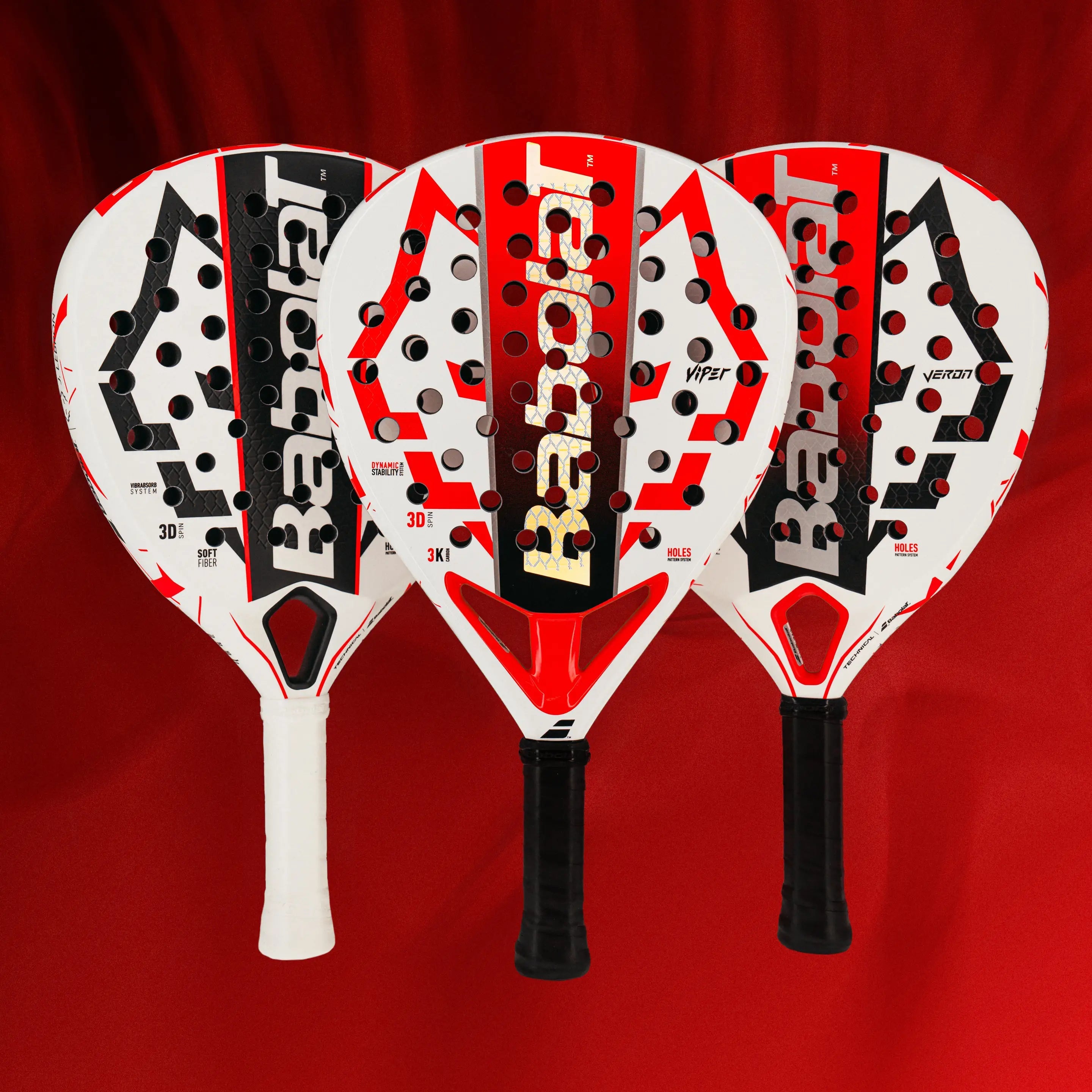Answering the question "What level are you in the padel?" can be tricky, as there is no one universal system. However, players are usually divided into several basic levels, each with its own characteristics.
Here are the most commonly used descriptions of the padel levels to help you assess your level:
Plot levels according to the letter scale (A–F):
F (1.0–1.5):
🟠 Complete beginner. First steps on the field, big problems with ball control, almost no tactical knowledge.
E (2.0–2.5):
🟠 Playing amateurly. Understands the basic rules and strokes, but still lacks consistency, especially when playing from the walls.
D (3.0–3.5):
🟡 Average amateur. Starts to construct points, keeps the ball in play longer, starts to use some tactical elements (e.g. bandeja), but still makes many mistakes.
C (4.0–4.5):
🟡 Solid mid-level player. Good ball control, ability to change pace, starting to dominate against weaker players. Good shot selection and positioning.
B (5.0–5.5):
🟢 Advanced player. Good technical and tactical preparation, plays very competitively, trains often, excellent footwork.
A (6.0–7.0):
🔵 Elite player. Highest level player. Professional or near-professional training, participates in tournaments, has psychological toughness and versatility.
The most commonly used scale (1.0 - 7.0):
-
1.0 - 2.5 (Beginners):
- 1.0: A completely new player with no experience.
- 1.5: After playing a few times, knows the basic strokes, but has difficulty keeping the ball in play.
- 2.0: Begins to understand the basic principles of the game, tries to make more consistent shots, but has problems with control and positioning on the court. Has difficulty playing rebounds from the walls.
- 2.5: Has better control of his right hand, starts to try to hit with his left hand (if available), but makes many mistakes. Begins to understand the game in pairs.
-
3.0 - 4.5 (Intermediate level):
- 3.0: Can keep the ball in play longer, but makes many mistakes when constructing a point. Has trouble playing off the walls. Begins to use the "bandeja" (slow overhead shot).
- 3.5: More reliable play, better ball control and starts to look for attacking opportunities. The "Bandeja" is becoming a more reliable shot.
- 4.0: More consistent play, controls the ball well, actively looks for opportunities to finish the point. Good overhead play. Starts to attack from the back line.
- 4.5: High level of technique and tactics, able to change playing style depending on the opponent. Reliable in performing complex shots.
-
5.0 - 7.0 (Advanced and Professional):
- 5.0: Dominates most technical elements, excellent footwork and competitive mindset. Constant attacking play, unpredictable tactics.
- 5.5: Almost professional level, deep understanding of tactics and ability to withstand pressure.
- 6.0 - 7.0: Elite level players who compete in high-level tournaments. Highest level of technique, tactics, physical fitness and mental toughness. Level 7.0 usually represents the top of the world rankings.
Other possible divisions:
- By experience: Beginner, Intermediate, Advanced, Professional.
- By tournament categories (in Spain): Primera, Segunda, Tercera, Cuarta, Quinta (the highest is Primera).
- By Fuerza (in Mexico and Argentina): From Fuerza 5 (beginners) to Fuerza 1 (advanced), with Open and Professionals being higher.
How to find out your level?
- Play with players of all skill levels: See how you fare against opponents of varying skill levels. Are you dominating or struggling to keep up?
- Ask for a coach's assessment: A certified padel coach can professionally assess your technique, tactics, and overall level of play.
- Monitor your game: Analyze your strengths and weaknesses. How consistently do you hit your basic shots? How well do you control the ball? How do you react to pressure?
- Compare yourself to the descriptions: Read the level descriptions above and try to objectively assign yourself to one of them.
The most important thing is to be honest with yourself. Once you determine your level, you will be able to train more effectively and find partners and opponents of the right level.



